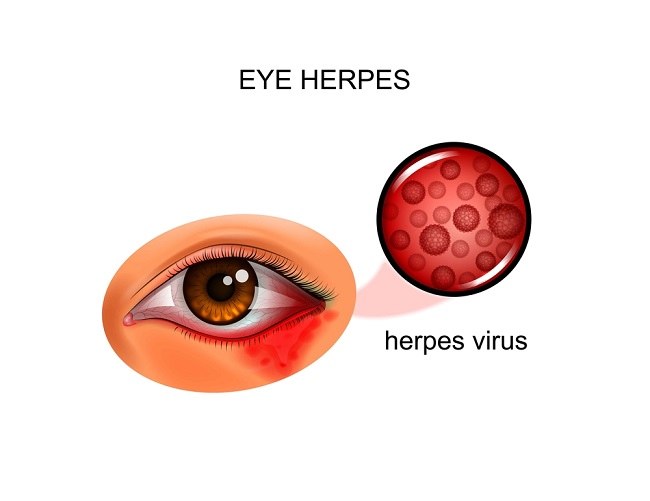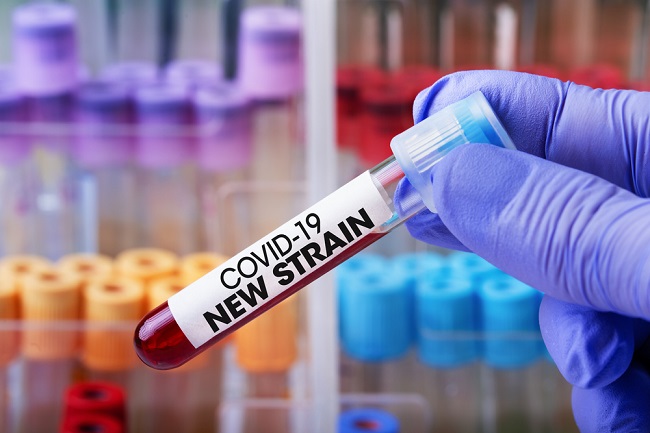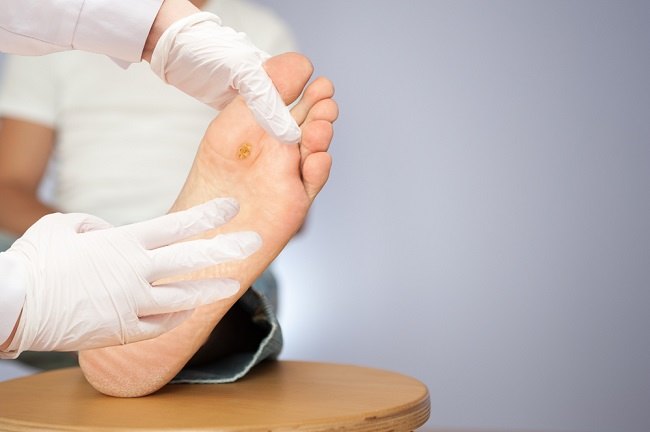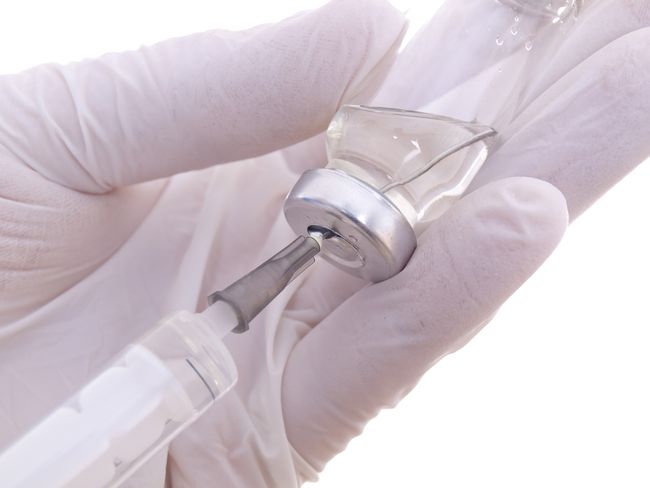Cleft lip occurs when the tissues of the upper jaw and nose do not fuse properly, resulting in a split. This condition is included as a congenital defect from birth, but can still be treated with surgery.
At 4-7 weeks of gestation, the lips of the fetus begin to form and the face and jaw will fuse. However, this process can be disrupted and cause a cleft in the fetal lip to form, known as a cleft lip.

Cleft lip conditions can occur in the lip only (cleft lip), roof of the mouth or palate (cleft palate), and even both. Cleft lip is divided into two types, namely unilateral cleft and bilateral cleft. Unilateral clefts occur only on one side of the lip, whereas bilateral clefts occur on both sides of the lips.
Cleft Lip Signs
Cleft lip can be detected when the baby is born and the main sign is a cleft lip. It can be a small slit or a longer slit on the lip. This longer cleft usually extends from the lips to the upper gums, palate, and nose.
There is also a cleft that occurs only in the soft palate muscle at the back of the mouth. However, this kind of condition is rare. If it occurs, it is usually not immediately detected when the baby is born.
Causes of Cleft Lip
Until now, the cause of cleft lip is not known with certainty. However, a study revealed that there are several factors that are thought to have an effect on the occurrence of this condition, including:
1. Genetics
Research states that genes from parents are passed on to children make children at higher risk for suffering from cleft lip. However, if a parent has a cleft lip, it does not mean that their child will have a cleft lip.
2. Folic acid deficiency
Folic acid serves to prevent the possibility of birth defects. Almost all pregnant women are advised to meet the needs of folic acid every day since 3-4 weeks before pregnancy. Folic acid deficiency is thought to increase the risk of the fetus being born with a cleft lip condition.
Indeed, there is no strong evidence that taking folic acid can prevent cleft lip, but several studies have shown that folic acid can trigger the formation of fetal facial cells and tissues.
However, the role of folic acid to prevent cleft lip in the fetus still requires further research.
3. Smoking habit
The dangers of smoking while pregnant are not kidding. Pregnant women who have a smoking habit can increase the risk of their fetus being exposed to various congenital diseases, one of which is cleft lip.
While pregnant women who become passive smokers, it is not known for sure whether their babies are at higher risk of being born with cleft lip conditions. However, it is recommended for pregnant women not to smoke, either actively or as passive smokers, to reduce the risk of pregnancy and fetal complications.
4. Obesity and malnutrition
Factors of excess weight and lack of nutritional intake in pregnant women also influence the process of forming various parts of the fetal body. This can also increase the risk of the fetus developing a cleft lip.
5. Drug side effects
It is important for pregnant women to always pay attention to the drugs consumed during pregnancy. This is because these drugs can have a negative impact on fetal growth.
Therefore, consult your doctor if you are taking medication for certain conditions during pregnancy. Some cases of cleft lip in infants are thought to be a side effect of drugs taken during pregnancy.
6. Pierre Robin syndrome
Pierre Robin syndrome is a condition in which babies are born with a small jaw and a more backward position of the tongue due to a genetic disorder. This condition can cause a cleft in the roof of the mouth to form.
As a result, the baby can experience upper respiratory problems. Sometimes, babies need a breathing tube to help them breathe. Pierre Robin syndrome is rare, but babies with this syndrome usually have a cleft lip.
Cleft Lip Treatment
Cleft lip can be repaired surgically by a plastic surgeon. Lip repair surgery can be done when the baby is 3 months old. The operation generally lasts about 1-2 hours, depending on the size of the cleft lip. The wider the gap, the longer it will take to repair it.
Cleft lip surgery that occurs on the roof of the mouth is usually done when the baby is 6-12 months old. The aim of the operation is to reconstruct the structure of the roof of the mouth and the muscles around it. The duration of the operation is about 2 hours.
Surgery can generally treat cleft lip conditions in babies. The appearance of the lips can look more normal with minimal surgical scars. If your child has a cleft lip, consult a doctor to determine whether or not surgery is necessary and how to prepare for it.









